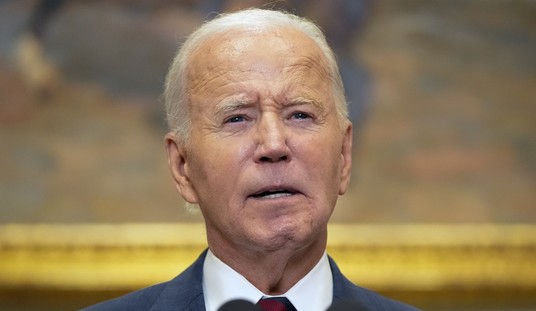Last week, President Donald Trump unveiled a new executive order to help rehabilitate America’s fledgling coal industry.
As outlined in the Reinvigorating America’s Beautiful Clean Coal Industry and Amending Executive Order 14241, the Trump administration desires to reinvigorate new coal production to boost the economy and help meet rising electricity demand from artificial intelligence (AI) data centers. Even the International Energy Agency (IEA) conceded coal, like natural gas, will be critical to meet “over 40% of the additional electricity demand from data centres until 2030.”
“In order to secure America’s economic prosperity and national security, lower the cost of living, and provide for increases in electrical demand from emerging technologies, we must increase domestic energy production, including coal,” the executive order declared. “Our Nation’s beautiful clean coal resources will be critical to meeting the rise in electricity demand due to the resurgence of domestic manufacturing and the construction of artificial intelligence data processing centers. We must encourage and support our Nation’s coal industry to increase our energy supply, lower electricity costs, stabilize our grid, create high-paying jobs, support burgeoning industries, and assist our allies.”
Coal, like oil, gas, and nuclear–not utility-scale solar and wind–are being emphasized by the Trump administration as part of their energy dominance agenda.
Instead of top-down directives, this administration is leaning on deregulation to spur innovation in the hopes of unleashing a golden age of American-made energy. This is in sharp contrast with the Biden-Harris administration, which unfairly tilted the scales in favor of costly and subsidized unreliable solar and wind projects. Biden-era spending measures like the American Rescue Plan and Inflation Reduction Act, chalk full of wasteful net-zero climate programs, spiked inflation to unprecedented levels and resulted in higher energy costs. President Trump is bullish that unleashing more domestic production of reliable sources like oil, gas, nuclear, and coal will lower costs and without despoiling the environment.
Recommended
“We are bringing back an industry that was abandoned despite the fact it was just about the best in terms of power — real power,” President Trump said during the April 8th announcement. “We are ending Joe Biden’s war on beautiful clean coal once and for all.”
But it wasn’t President Joe Biden who first enacted the government-led War on Coal. That was originally launched by his co-pilot, former President Barack Obama. Obama’s Interior Secretary, former REI executive Sally Jewell, orchestrated the policy that undermined coal production on federal lands under the appearance of ordering a comprehensive review of coal leasing on federal lands. Adding insult to injury, the Obama administration openly bragged about increasing royalty rates on coal leases to depress production under the guise of offering a “fair return to taxpayers.”
At the time, the Government Accountability Office (GAO) warned “increasing these rates may slightly decrease production on federal lands.” Unsurprisingly, between 2008-2016, 400 mines shuttered - resulting in over 83,000 energy workers being displaced from the workforce. For context, 50% of U.S. coal production by private operators occurs on federal lands.
In February 2024, the most leftist federal court - the 9th Circuit Court of Appeals - stunned critics and lifted an Obama-era moratorium on coal leasing on federal lands–including the Bureau of Land Management. This is notable because government interference did have a substantial detrimental effect on the industry. Coal production on federal lands fell from 400 million tons of coal mined in 2014 down to 260 million tons by 2022. That’s a 35% decrease across eight years.
Let’s not kid ourselves: overregulation - not the natural transition to natural gas - nearly killed the coal industry.
Much to the chagrin of net-zero proponents, coal is still a key component to America’s energy mix. After natural gas (43.1%) and nuclear (18.6%), coal (16.2%) is the third largest source of electricity generation in the U.S. Globally, coal supplies over a third (33.3%) of electricity generation. Good luck trying to phase it out.
Coal has multiple industrial uses beyond generating electricity. Primarily, coal is used in steel production that relies on metallurgical/coking coal. Coal byproducts are also essential for water and air purification filters, carbon fiber in planes and cars, and even in the extraction of rare earth elements (REE). Therefore, it’s extremely hard to quit coal. And we shouldn’t.
The incontrovertible truth is American coal is much cleaner than coal produced by adversary nations like China and Russia. One energy analyst recently declared American coal is clean compared to Chinese solar and wind, arguing: “When factoring in the supply chain, American coal offers a “greener” alternative to Chinese wind and solar.”
He added, “The environmental implications of this dominance are significant. The production of solar panels and wind turbines relies heavily on coal-fired power plants within China.
The great American coal comeback should be celebrated. While coal isn’t expected to become the most dominant source, it still has a worthy place in our energy mix after natural gas and nuclear energy.
I dig coal, and you should too.


